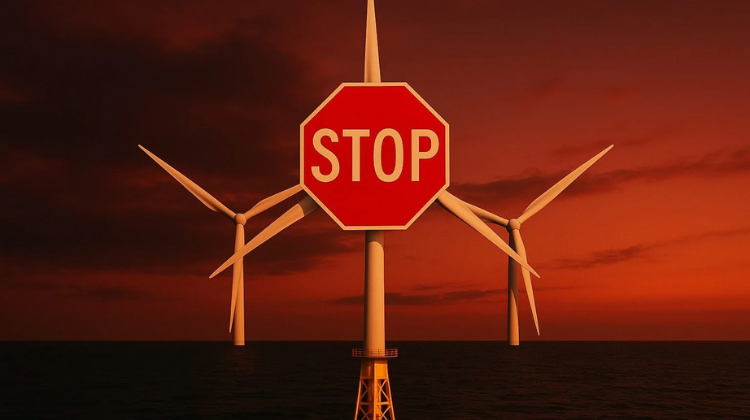España sigue avanzando en la descarbonización y en 2024, ejercicio en que el país registró el mayor crecimiento entre las principales economías, con un aumento del PIB del 3,5%, las emisiones de efecto invernadero del sector eléctrico descendieron un 16,8% con relación a 2023, acumulando un retroceso del 75,7% desde 2007, año en el que se registró el máximo consumo energético.
Gracias a ello, las emisiones totales del país bajaron en 1,5 millones de toneladas, lo que nos sitúa en valores del 6,3% de reducción frente a 1990, y del 38,5% frente a 2005. Este avance se sustenta en el mayor peso de la energía renovable, que fue la fuente con mayor crecimiento, con un 6,2% de la producción primaria, según ha revelado hoy Joan Groizard, secretario de Estado de Energía, durante la presentación del Balance Energético 2024.
“La economía española no sólo crece con fuerza y lo va a seguir haciendo, sino que lo hace con menos emisiones de efecto invernadero, con menos dependencia de los mercados internacionales, con precios más competitivos y de un modo más eficiente, consumiendo menos energía para crear más riqueza. El fomento de las renovables y la electrificación de la economía está en la base del sólido crecimiento que estamos experimentando”, ha señalado Groizard.
UNA ECONOMÍA MÁS EFICIENTE
En este sentido, el aumento del PIB de 3,5% coincide con una positiva reducción del 1% de la intensidad energética primaria y una leve subida de la intensidad energética final (+0,6%).
En la industria se aprecia notablemente esta mayor eficiencia de la economía: el sector manufacturero y la construcción incrementó su consumo de energía final un 0,8%, si bien su actividad económica crece con mucha más fuerza. En el conjunto del país, el consumo de energía primaria creció un 2,1%, hasta las 117.452 Ktep.
Por sectores, el crecimiento de consumo de energía primaria se dio exclusivamente en el transporte, si bien se trata de un sector en plena transformación, con varias medidas de calado en curso, como las nuevas obligaciones de mezcla de combustibles renovables en los carburantes.
Además, se produce en un contexto en el que se duplican las matriculaciones de vehículos electrificados –crecen un 98% en lo que va de 2025–, por las medidas ya adoptadas y el despliegue de los más de 34.000 puntos de recarga de vehículo eléctrico disponibles en tiempo real en el Mapa REVE.
‘SOLPASSO’ DE LA ENERGÍA SOLAR A LA EÓLICA
La producción de electricidad renovable creció un 11,9% en 2024, alcanzando un récord del 57,2% de la generación eléctrica bruta del país, como resultado del fuerte incremento de generación hidroeléctrica (+37,6%) y fotovoltaica (+23,7%). Por primera vez, la energía solar fotovoltaica superó en potencia instalada a la eólica, en parte gracias al auge del autoconsumo, que cerró el año con un volumen de instalación de 8.256 MW, de acuerdo con la recopilación estadística que el Ministerio para la Transición Ecológica y el Reto Demográfico ha realizado por primera vez.
El peso del gas disminuyó un 4,6% en la matriz primaria –un 23,4% en la electricidad–, y el consumo de productos petrolíferos aumentó un 5,6% por la mayor movilidad. El peso del carbón en la cesta eléctrica se quedó en un marginal 1,2%, cubriendo necesidades puntuales de operación del sistema eléctrico.
El MITECO ofrecerá próximamente un nuevo portal, más amigable y accesible de lo que venía siendo, en su página web con el conjunto de estadísticas energéticas que se incluyen en el balance energético anual.






























